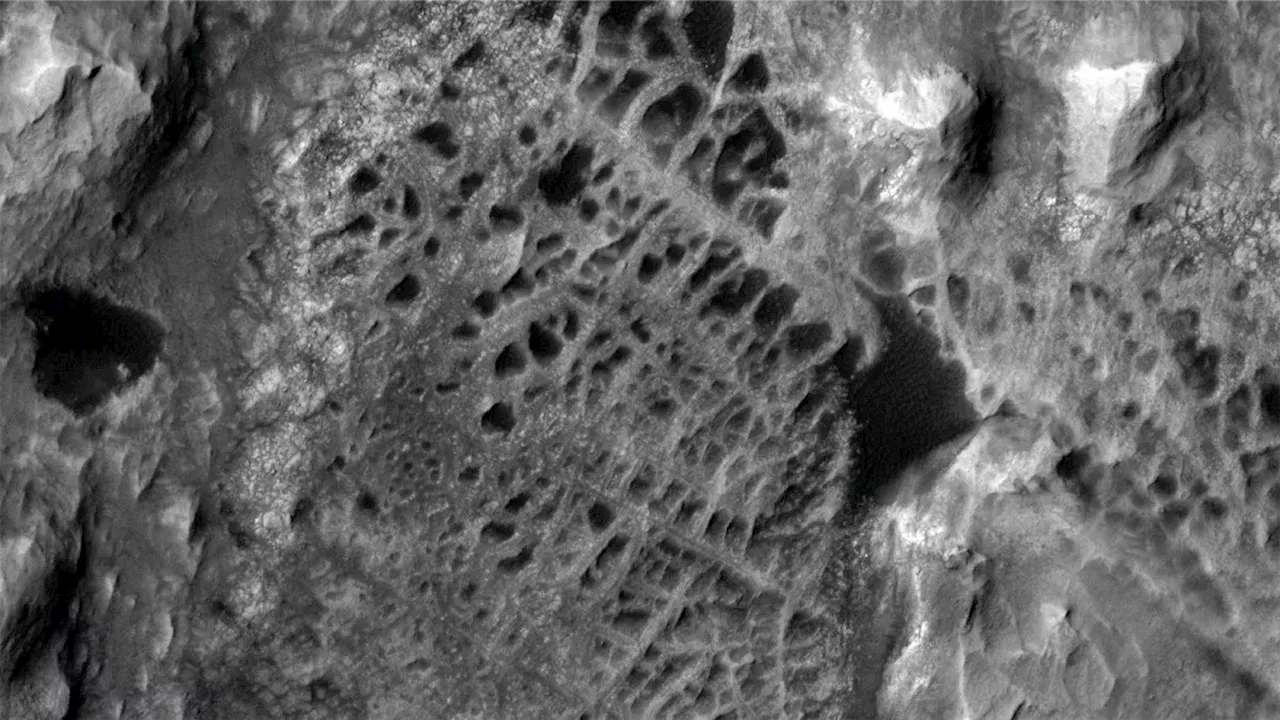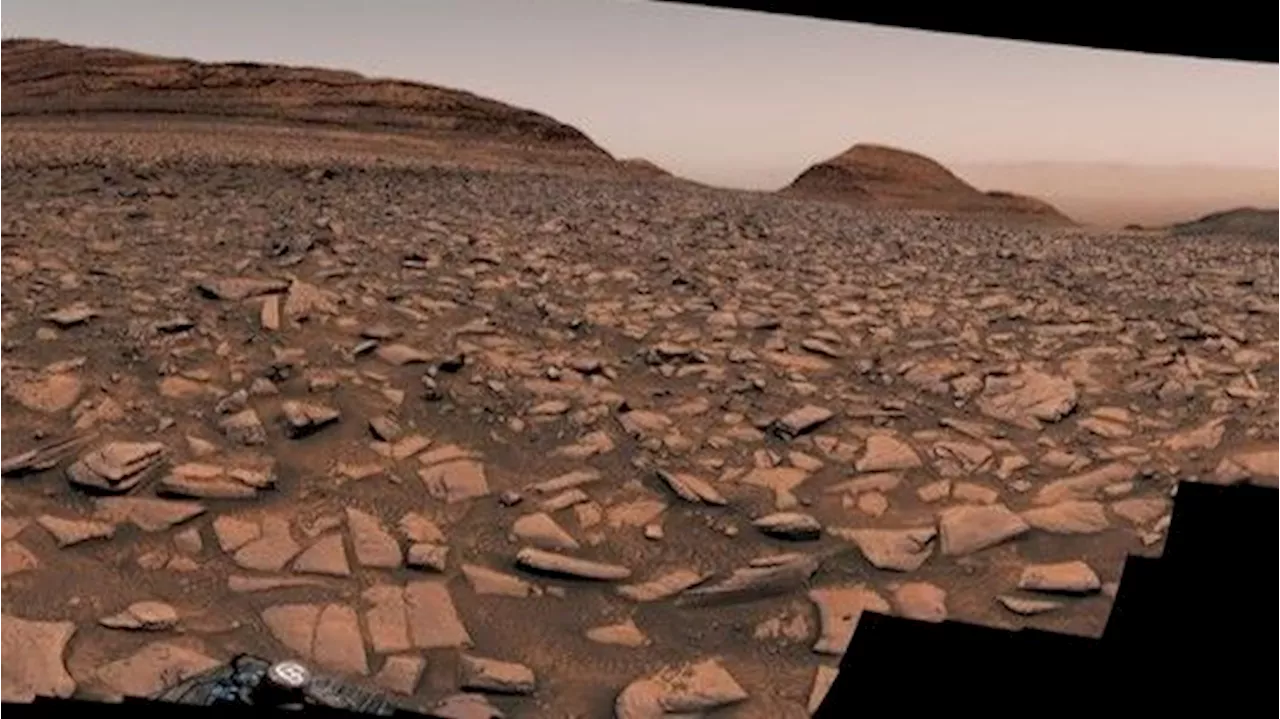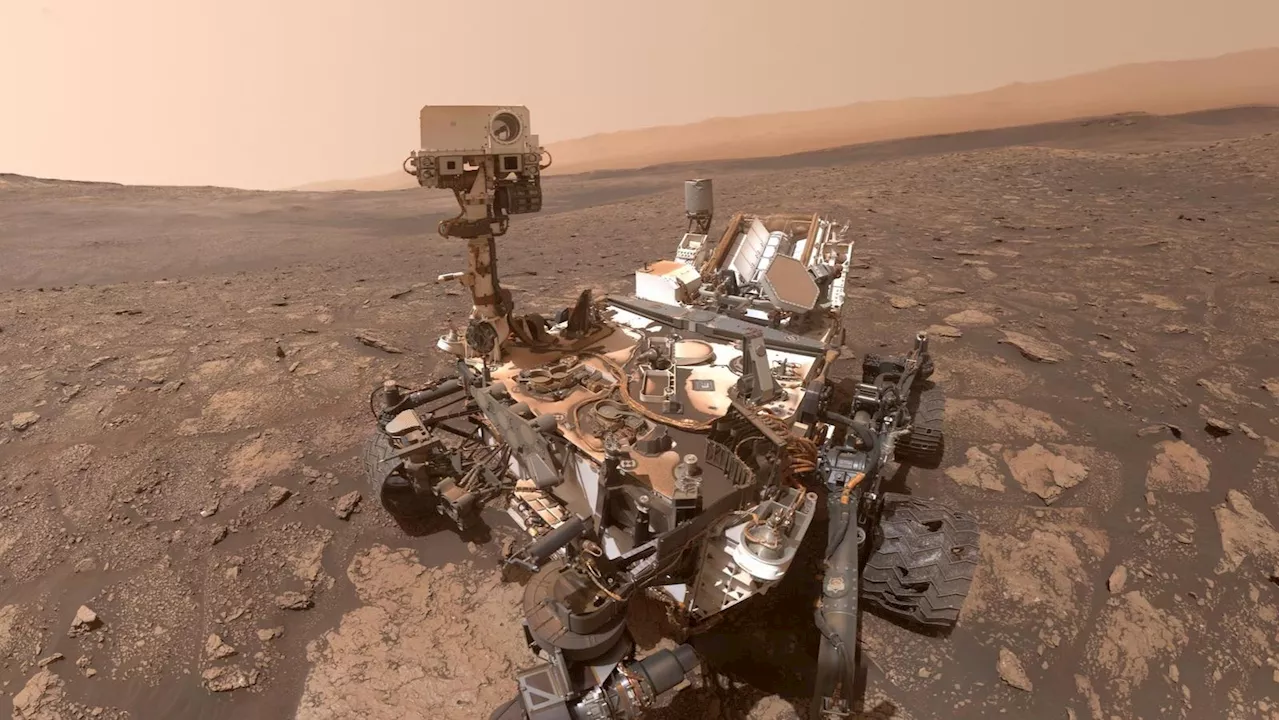Dr. Dirk Schulze-Makuch believes his research into extremophiles in the Atacama could help NASA re-assess its search for alien life.
“All experiments should be re-evaluated, since we now have a much better understanding of Martian environments,” Dr. Dirk Schulze-Makuch told IE in an interview.No place on Earth has the exact conditions we see on Mars. Scientists believe the Red Planet once had rivers with flowing water. Today, though, the planet’s surface is an arid wasteland with an atmosphere 100 times thinner than ours.
In fact, Schulze-Makuch believes NASA may have already detected life on Mars with its Viking landers in the 1970s. As microbial life in the Atacama Desert dies when exposed to too much water, the space agency may have killed this life with its liquid water life detection experiments. In other words, in trying to find life on Mars, NASA may have obliterated it instead.
A selfie captured by NASA’s Perseverance rover earlier this year. The Perseverance rover is searching for signs of ancient life on the Red Planet. Source:on the ancient Jezero lakebed, in 2021. Since that time, it has been collecting samples of Martian soil and leaving them for future missions to return to Earth. The space agency, and the global scientific community, hopes those samples will contain signs of ancient microbial life.
The Atacama Desert serves as an analog to Mars on Earth. In this picture, captured in 2019, a NASA scientist prepares a rover experiment to test technology that would one day be used on Mars. Source:, titled “We may be looking for Martian life in the wrong place,” Schulze-Makuch highlights his belief that NASA should re-focus its search on salt-rich regions of Mars.
An artist’s illustration of one of the Viking orbiters releasing its lander as it reaches Mars. This release occurred around the high point of Viking’s orbit. Source:According to Schulze-Makuch, these readings may have another explanation that could be explained by research into microbial life in the Atacama Desert.
United States Latest News, United States Headlines
Similar News:You can also read news stories similar to this one that we have collected from other news sources.
 NASA Mars Rover Exploring Spiderweb-Like Patterns on MarsScience and Technology News and Videos
NASA Mars Rover Exploring Spiderweb-Like Patterns on MarsScience and Technology News and Videos
Read more »
 NASA's Curiosity rover captures 360-degree view of Mars — and finds strange sulfur stonesJulian Dossett is a freelance writer living in Santa Fe, New Mexico. He primarily covers the rocket industry and space exploration and, in addition to science writing, contributes travel stories to New Mexico Magazine. In 2022 and 2024, his travel writing earned IRMA Awards. Previously, he worked as a staff writer at CNET.
NASA's Curiosity rover captures 360-degree view of Mars — and finds strange sulfur stonesJulian Dossett is a freelance writer living in Santa Fe, New Mexico. He primarily covers the rocket industry and space exploration and, in addition to science writing, contributes travel stories to New Mexico Magazine. In 2022 and 2024, his travel writing earned IRMA Awards. Previously, he worked as a staff writer at CNET.
Read more »
 NASA’s Curiosity Mars Rover Takes a Last Look at Mysterious SulfurThe rover captured a 360-degree panorama before leaving Gediz Vallis channel, a feature it’s been exploring for the past year.
NASA’s Curiosity Mars Rover Takes a Last Look at Mysterious SulfurThe rover captured a 360-degree panorama before leaving Gediz Vallis channel, a feature it’s been exploring for the past year.
Read more »
 Strange Mars Sulfur Stones Star In Stunning NASA Rover PanoramaAmanda Kooser is a New Mexico-based journalist who covers quirky and unusual science stories. She’s explored a mushroom growing on a frog, perfume for dogs and strange rocks on Mars. As a freelance writer, Kooser has delved into gadgets, geek culture, public schools, weird foods, transatlantic travel, broadband and Route 66.
Strange Mars Sulfur Stones Star In Stunning NASA Rover PanoramaAmanda Kooser is a New Mexico-based journalist who covers quirky and unusual science stories. She’s explored a mushroom growing on a frog, perfume for dogs and strange rocks on Mars. As a freelance writer, Kooser has delved into gadgets, geek culture, public schools, weird foods, transatlantic travel, broadband and Route 66.
Read more »
 Is NASA Actually 'Killing' Life on Mars?'The experiments performed by NASA's Viking landers may have accidentally killed Martian life by applying too much water,' scientist Dirk Schulze-Makuch said.
Is NASA Actually 'Killing' Life on Mars?'The experiments performed by NASA's Viking landers may have accidentally killed Martian life by applying too much water,' scientist Dirk Schulze-Makuch said.
Read more »
 NASA Curiosity Shares Stunning 360 View of Mars With Strange White RocksThe rover's latest discoveries, including pure sulfur stones and sprawling mineral 'spiderwebs,' unravel new mysteries of Mars' watery past.
NASA Curiosity Shares Stunning 360 View of Mars With Strange White RocksThe rover's latest discoveries, including pure sulfur stones and sprawling mineral 'spiderwebs,' unravel new mysteries of Mars' watery past.
Read more »
